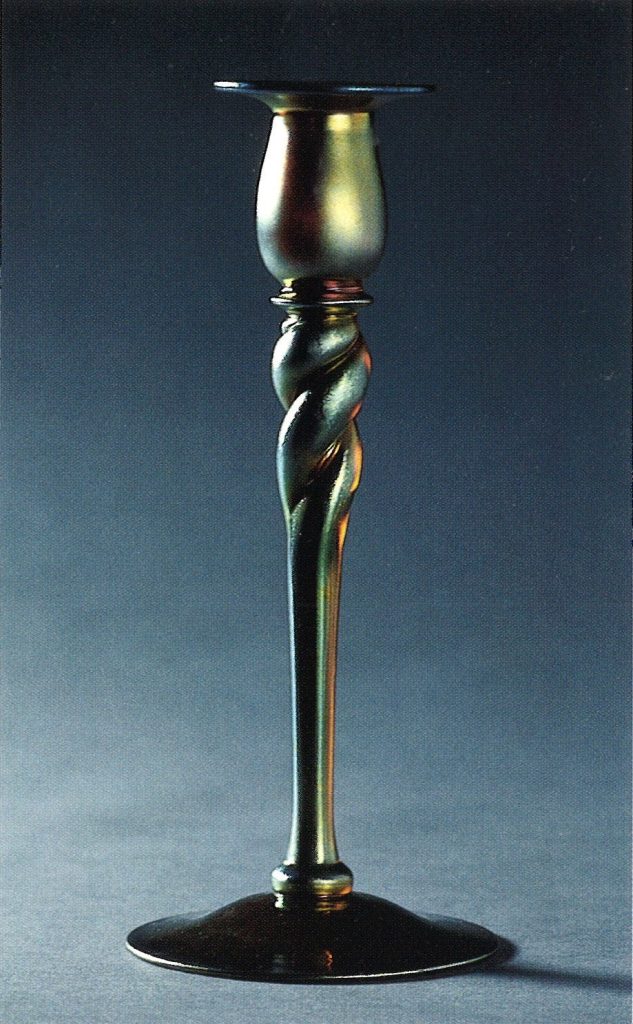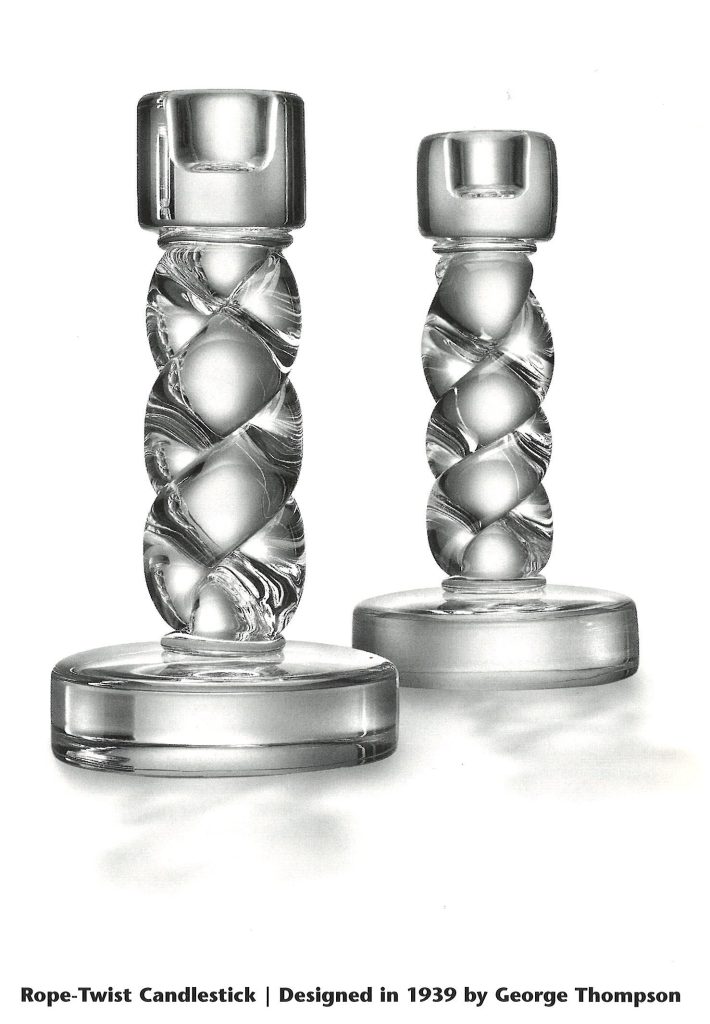Memories from Steuben Centennial
Apr 18, 2024
Issue 3708
In 2003, to celebrate 100 years of Steuben glass, Corning historian and Steuben glass expert Thomas P. Dimitroff wrote a series of articles for the Corning Leader newspaper. Tom’s articles offered a retrospective view of Steuben glass across the decades and compared some common themes between the Frederick Carder and the Arthur Houghton eras. Tom gave our organization copies of nine of these articles. He said, “The paper liked them and when the series was over they printed these sheets for those who wanted them.” We are grateful to have them.
The first Corning Leader article dated June 8th, 200, begins with a description of the formation of Steuben Glass Works in 1903. Frederick Carder and Thomas G. Hawks launched the new company in the old Payne Foundry and Machine Shop buildings on Erie Avenue (now Denison Parkway West) in Corning. The newly created company produced its first glass in late October of 1903. Soon, under Carder’s direction the company was making glass blanks for Corning’s extensive cut glass industry. Additionally the company made Carder’s true love — colored decorative art glass — designed by him.
The article describes the high-level history from the formation of Steuben Glass Works, to the sale of Steuben to Corning Glass Works in 1918, to the change of management in 1932. In 1932 Arthur Houghton, the youngest member of the Corning Glass Works board, was given control of Steuben. Houghton limited all work to a newly developed colorless lead glass as well as bringing in new designers.
In this first article, Tom Dimitroff compares a Gold Aurene twist-stem candlestick (Shape #686) that was designed by Frederick Carter in the 1920s with a rope-twist candlestick designed in 1939 by George Thompson. Both are classic, elegant forms but illustrate the range of glass produced under the Steuben umbrella.
The Corning Leader articles are now available for viewing on our website here.
UPCOMING EVENTS
- The Eastern National Antique Show — May 3rd & 4th at the Carlisle Expo Center in Carlisle, PA. This is a very good show for GLASS! We are planning to have a display there for our organization.
- Save the date for the next CSGA Annual Symposium — September 19-21, 2024 in Corning, NY.

